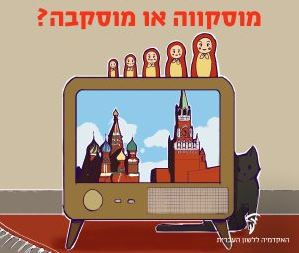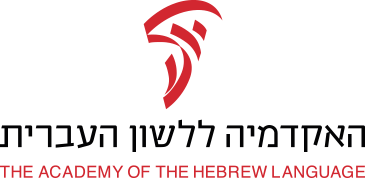The Academy’s transliteration rules govern the representation of Modern Hebrew in Latin characters and the representation of other languages in Hebrew characters. By and large, the rules aim to reflect the pronunciation of the word, not necessarily its spelling in the source language.
Transliterating Modern Hebrew into Latin Characters

First approved in 1957, the Academy’s rules for transliterating Modern Hebrew into Latin characters provide a scheme of simple transliteration for popular use – e.g., in ads and on street signs – and modifications to make where a more precise transliteration is sought, such as on a title page or in a catalog. In the precise transliteration, the Latin representation of a Hebrew consonant never exceeds one character and in some cases requires a special diacritical mark, whereas the simple version minimizes the use of diacritical marks and allows a pair of Latin characters, such as sh or kh, to represent a single Hebrew consonant. In response to popular demand, the Academy has revisited and revised the rules more than once, bringing the simple transliteration more closely in line with contemporary Hebrew pronunciation and further simplifying it.
Transliterating Foreign Languages into Hebrew Characters

For transliterating foreign languages into Hebrew characters, the Academy has adopted two sets of rules, one for Arabic and another for non-Semitic languages. In both cases, the rules aim to reflect the pronunciation in Hebrew. For transliteration of Arabic into Hebrew for academic purposes, certain modifications apply that bring the Hebrew spelling more closely in line with written Classical Arabic. Like the rules for transliteration from Hebrew to Latin characters, the rules for transliteration into Hebrew characters have undergone revisions over the years.
Note: the rules for transliterating into Hebrew characters apply specifically to words that are not part of Hebrew – generally, names of people and places. For loanwords – foreign words that Hebrew has adopted and integrated into the language – slightly different rules apply.
Learn more (in Hebrew):

